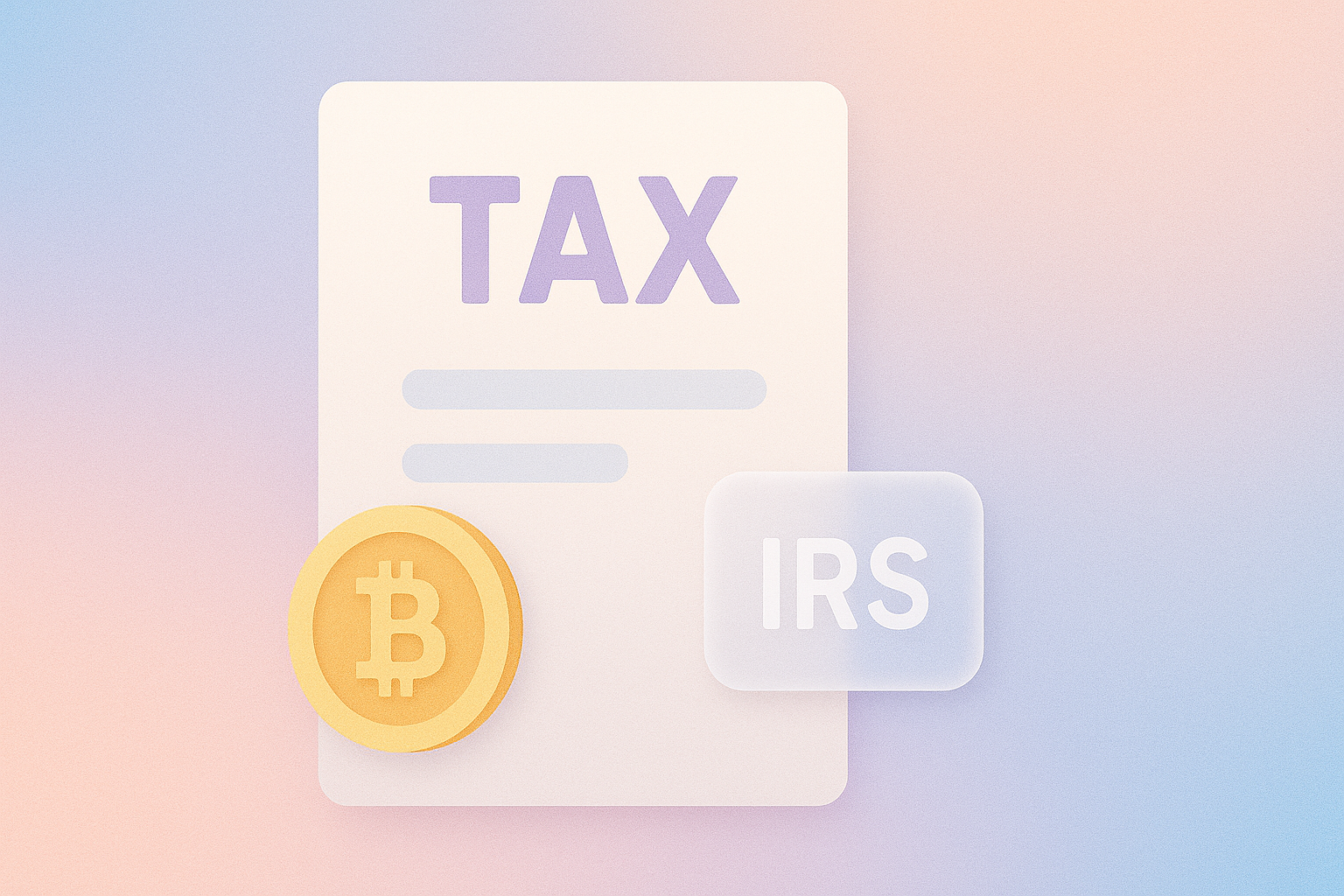Introduction
Hello, fellow financial trailblazer! Welcome to the ultimate guide on mastering the art of budgeting. If you are navigating the complexities of adulting, fear not; we're in this together. Let's dive into the world of budgeting and turn it into a powerful tool for financial freedom.
Chapter 1: Why Budgeting Matters
Understanding the Why

Before we embark on our budgeting journey, let's grasp why it's crucial. Budgeting is not about restricting yourself; it's about taking control. Imagine having a roadmap for your finances—knowing where your money comes from and where it goes.
Financial Goals: Your North Star
Set clear financial goals; they act as your North Star. Whether it's saving for a dream vacation, buying a home, or building an emergency fund, these goals give purpose to your budget.
Chapter 2: Assessing Your Income
Counting the Coins
At 30, your income sources might be diverse—salary, side hustles, investments. List them all. This clarity is the first step in crafting a budget that reflects your financial reality.
Net vs. Gross Income
Distinguish between net and gross income. Net is what lands in your account after deductions. Understanding this ensures your budget aligns with what you take home.
Chapter 3: Decoding Expenses
Fixed vs. Variable Expenses
Identify fixed expenses like rent and utilities versus variable ones like dining out. This breakdown forms the foundation of your budgeting structure.
Prioritizing Needs and Wants

As a 30-year-old, you've likely mastered the balance between needs and wants. Ensure your budget reflects this wisdom, allocating more to essentials and less to discretionary spending.
Chapter 4: Crafting Your Budget Map
Building Categories
Create categories for your expenses—housing, utilities, groceries, entertainment. This categorization brings clarity and helps you allocate funds effectively.
The 50/30/20 Rule
Allocate 50% to needs, 30% to wants, and 20% to savings. This classic rule of thumb provides a simple yet effective framework for budget distribution.
Emergency Fund: Your Financial Safety Net
Allocate a portion to your emergency fund. Life's unexpected curveballs are inevitable, and having a financial safety net is your shield against them.
Chapter 5: Tools for Budgeting Success
Embracing Technology
Explore budgeting apps like Mint or YNAB. These tools sync with your accounts, offering real-time insights and making budget tracking a breeze.
The Envelope System
For variable expenses, consider the envelope system. Allocate cash to envelopes for specific categories, ensuring you don't overspend.
Chapter 6: Navigating Challenges
Staying Disciplined

Budgeting requires discipline. Stick to your plan, especially when faced with tempting splurges. Your 30-year-old self will thank you for the financial resilience you're building.
Adjusting Along the Way
Life is dynamic, and so should your budget. Embrace flexibility; if circumstances change, adjust your budget accordingly.
Chapter 7: Celebrating Wins
Milestone Moments
Celebrate financial victories, no matter how small. Paying off a credit card or reaching a savings goal deserves acknowledgment. Positive reinforcement fuels budgeting success.
Reviewing and Reflecting
Regularly review your budget. Reflect on what worked and what didn't. This ongoing process ensures your budget evolves with your changing financial landscape.
Conclusion
Congratulations, financial maestro! You've unlocked the secrets of creating a budget tailored to your 30-year-old self. Remember, budgeting is a lifelong companion on your journey to financial prosperity. Stick to it, adjust when needed, and enjoy the empowered financial life you've crafted.




